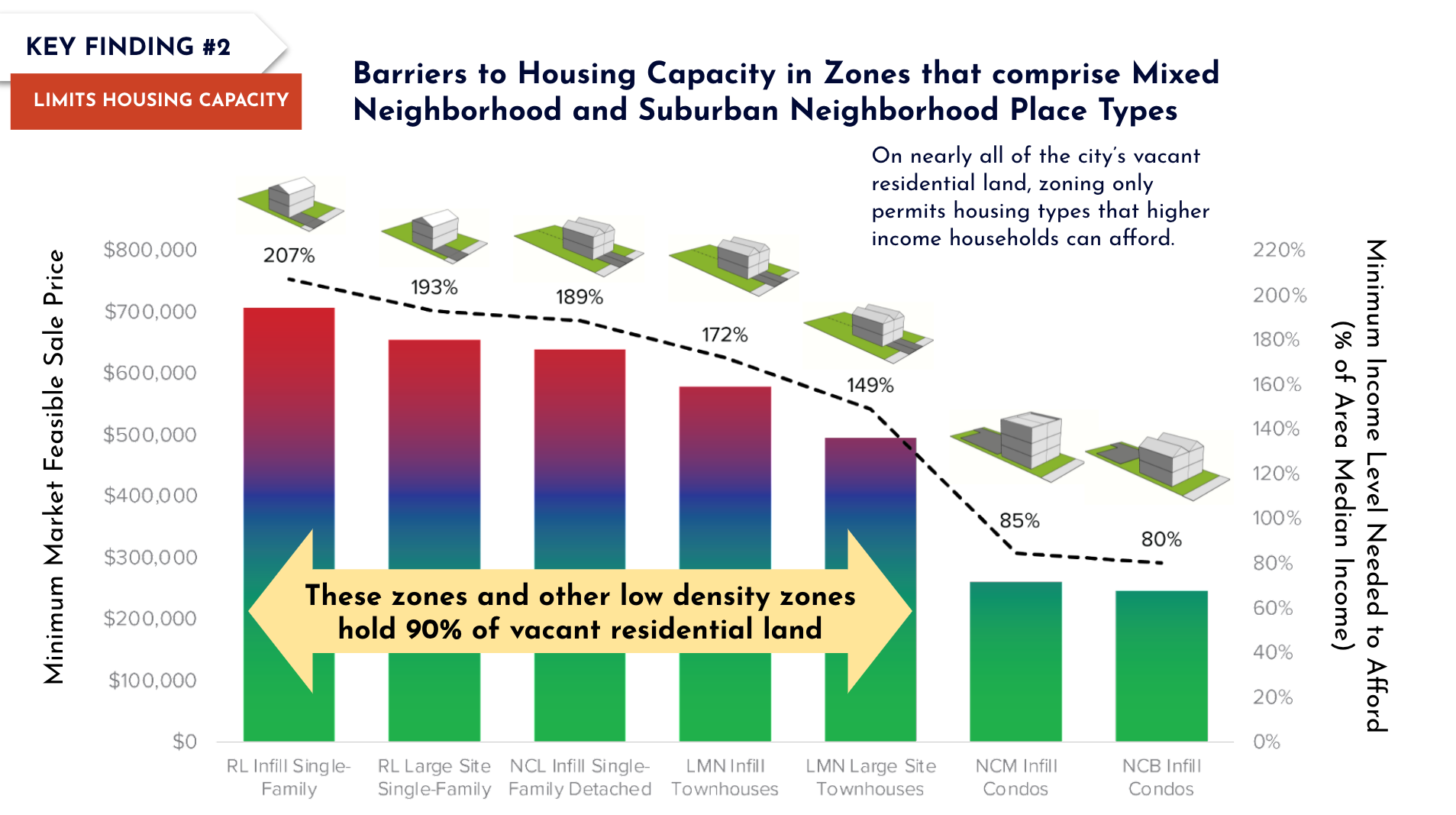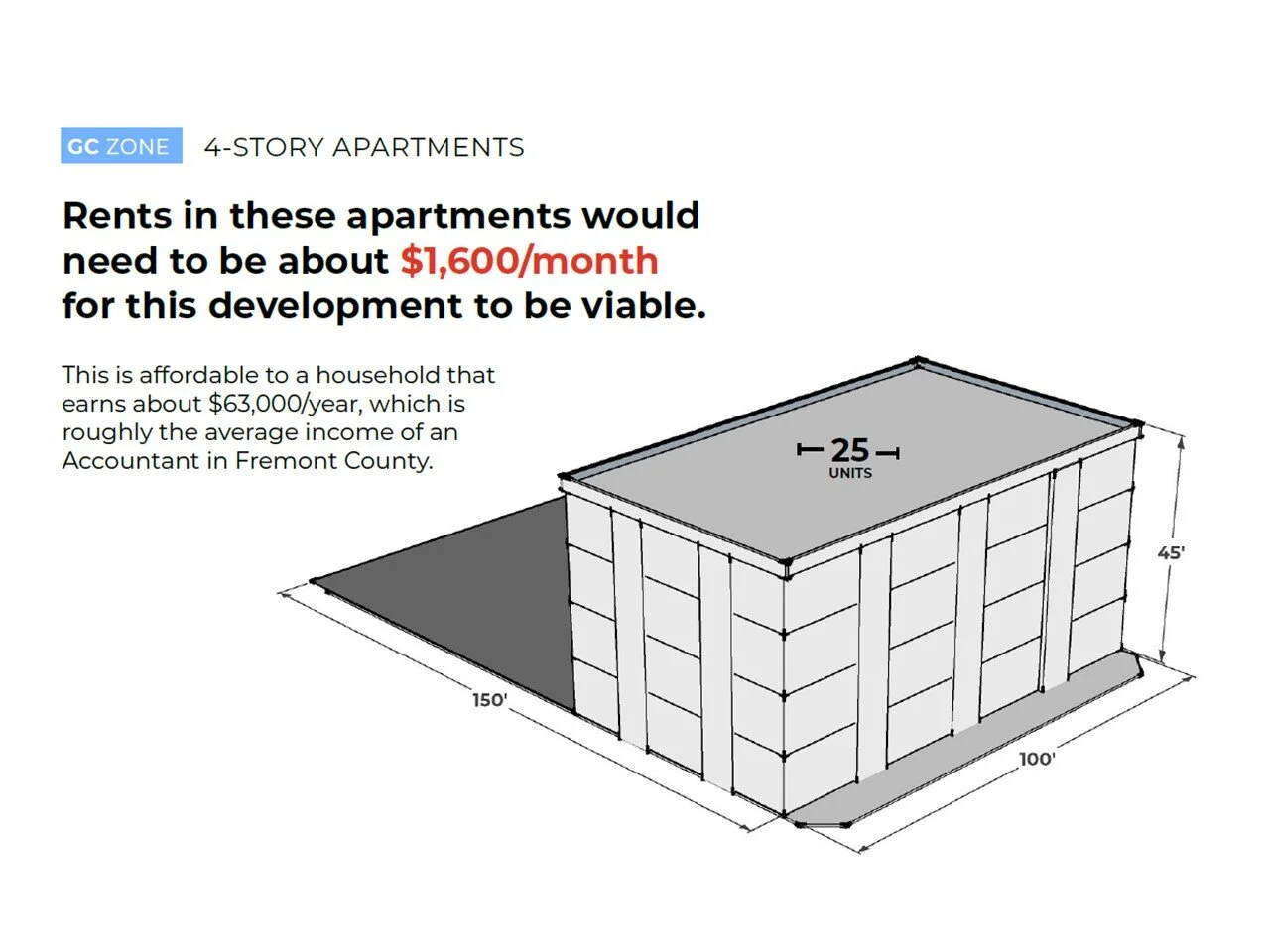Portland Residential Infill Policy (RIP) Analysis
Portland, OR | 2023
In 2020 The City of Portland adopted zoning reforms to allow missing middle housing to be built in low-density residential zones. The Residential Infill Project (RIP) established new limits on building sizes, created new allowance for different residential types, and expanded allowances for accessory dwelling units. Cascadia Partners analyzed the first year of permit data to evaluate development outcomes using detailed market analysis to understand how RIP is shaping the production of housing in the region.
Cascadia analyzed residential sales in the three years prior to RIP adoption to better understand trends in sales volumes, home prices, and development and locational characteristics. Cascadia then analyzed permits and detailed case studies following the adoption of RIP to identify common traits of middle housing development. Cascadia found that in the first year of implementation, 73% of new units permitted in affected zones were in middle housing projects. The report also found that middle housing tended to be located in the city’s “centers and corridors” where jobs, transit, services, and amenities are located. CP’s analysis also supported new unit size limits with important data findings indicating that homes built in excess of new maximum floor area ratios prior to RIP were skewing home prices to the higher end of the spectrum. Finally, the report and accompanying analysis provided recommendations to City staff related to on-going monitoring of middle housing production.
Client: Portland’s Bureau of Planning and Sustainability (BPS)
Services Provided:
Zoning + Policy Analysis
Planning
Project Type:
Planning
Real Estate












